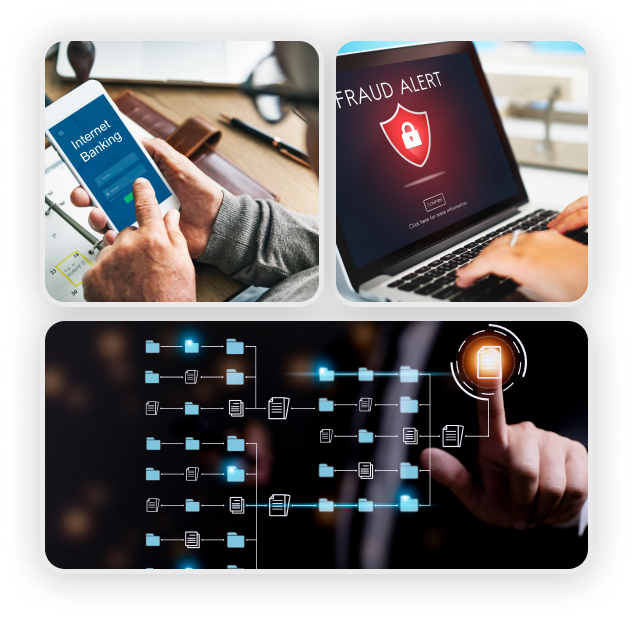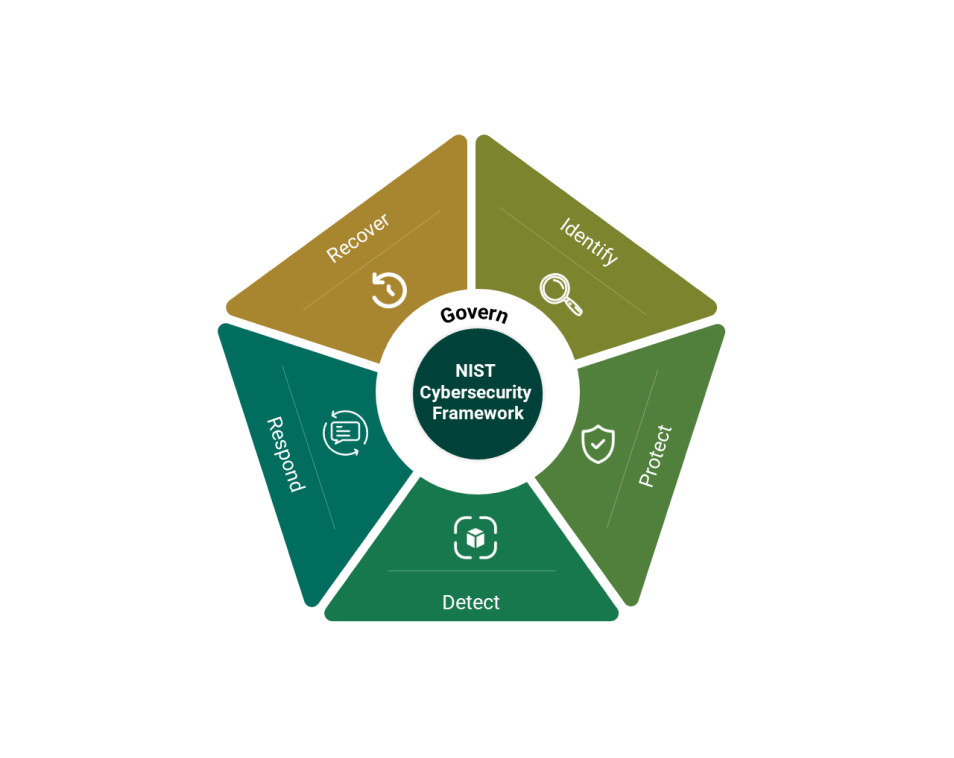In this modern and digital age, cybersecurity plays a critical role in safeguarding various types of data and digital assets from theft and harm. This encompasses sensitive information, personally identifiable information (PII), protected health records (PHI), intellectual property (IP) and governmental and industrial information systems. In the absence of a robust cybersecurity program, organizations remain vulnerable to data breach campaigns and incidents, making them prime targets for cybercriminal exploits.
In the Philippines alone, it is noted that around 75% of organizations have experienced some form of cyber incident and/or exposure with most of those impacted by data loss or intellectual property loss. Malware, ransomware, spyware, viruses, phishing, and password attacks are the top causes of cyber incidents in the Philippines.
Given the current trends there is a need for robust cybersecurity measures to protect both personal and professional data while preserving privacy and organizational integrity.

The NIST Cybersecurity Framework helps organizations to understand, assess, prioritize, and communicate cybersecurity risks. The Framework is based on existing standards, guidelines, and practices, for critical infrastructure organizations and can be customized to best suit their risks, situations and needs.
The NIST Cybersecurity Framework 2.0 is the latest version of the framework and comprises three Cybersecurity Framework components i.e., Core, Profiles and Tiers.

CIS Critical Security Control is considered as the prioritized set of safeguards to mitigate the most prevalent cyberattacks against the organization’s systems and networks. They consist of 18 overarching measures that help strengthen the cybersecurity posture. The CIS Controls are important because they help organizations prioritize and address risks and threats related to cybersecurity.


Assess the organization’s cybersecurity posture and its current state based on cybersecurity frameworks.

Provide recommendations on the best approach and practices best suited for the organization.

Develop competency and awareness on cybersecurity to support and sustain cybersecurity practices in the organization.

Draft required cybersecurity documentations of various levels addressing different cybersecurity requirements.

Develop a cybersecurity roadmap aligned with your organization’s goals.



Protects sensitive data against internal as well external threats.

Ensures alignment with requirements of regulatory bodies such as DPA, GDPR, HIPPA etc.

Improves stakeholder confidence, trust and credibility by adopting structured cybersecurity practices.

Fosters business resiliency by identifying and addressing cybersecurity risks ensuring effective and efficient planning, response, adaptability and continuity.













COMPANY
WHAT WE DO
CONSULTING SERVICES
RESOURCES
Copyright © 2024. All Rights Reserved.
We use cookies to help us deliver the best experience on our website. By continuing to browse, you agree to our use of cookies. For more details, visit our Privacy Policy.